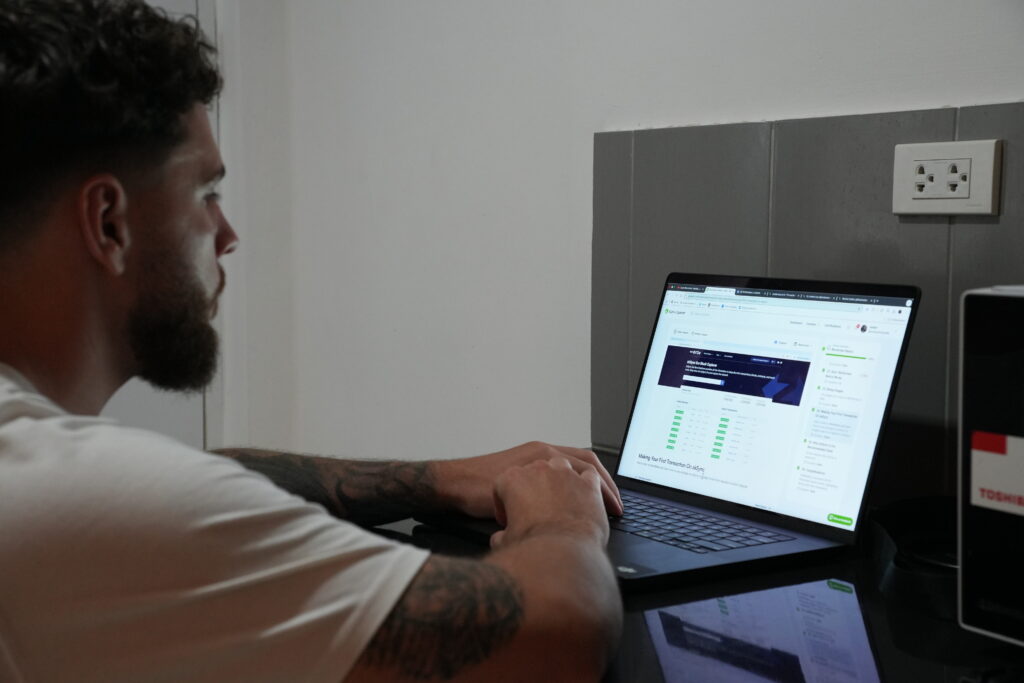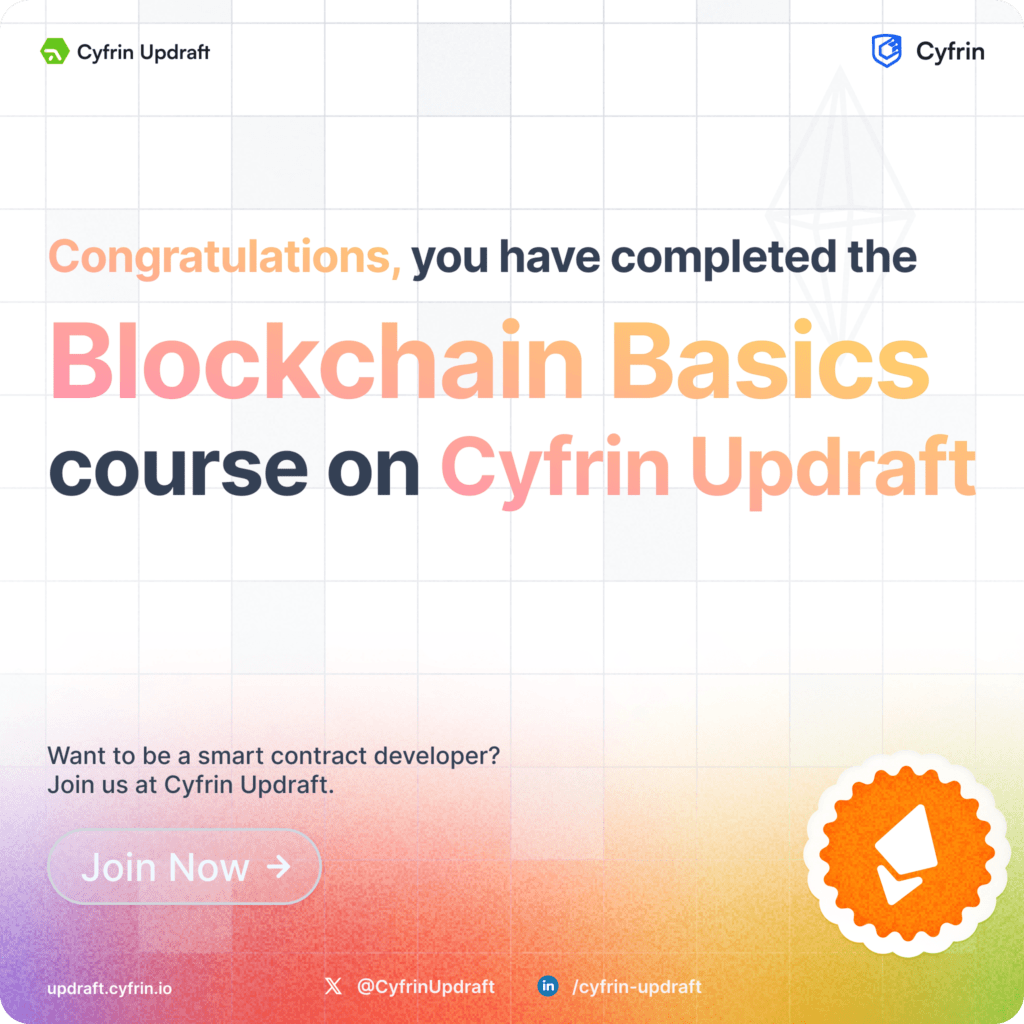
My goal for 2025 is to break into the Crypto & Web3 Industry.
Today, I decided to dive into Cyfrin’s Blockchain Basics course to strengthen my understanding of how blockchains actually work. I’ve been interested in crypto and Web3 for a while, but I realized that while I knew the surface-level stuff, I was missing some of the core fundamentals.
Going through this course, I picked up a lot—some things I had a rough idea about, and others that completely shifted how I look at blockchain technology. So here’s a breakdown of what I learned and why it mattered.
1. How Blockchains Actually Work (Beyond the Buzzwords)

I’ve heard the usual “blockchains are decentralized and immutable” explanation a million times, but this course broke it down into a way that actually clicked for me.
I learned how blocks are structured, what Merkle trees are (turns out they aren’t actual trees), and how transactions get validated through consensus mechanisms like Proof of Work and Proof of Stake. Instead of just knowing the words, I finally understand how these things work under the hood.
2. Hashing & Security

One topic that came up in this course was hashing, which I had already learned about in my cybersecurity studies. Seeing it in a blockchain context helped connect the dots.
• Hashing is used in blockchains to ensure data integrity—once a block is hashed, any small change in data results in a completely different hash.
• SHA-256 (Bitcoin) and Keccak-256 (Ethereum) are the hashing algorithms that secure transactions and prevent tampering.
• Merkle trees use hashing to organize transactions efficiently, making it easier to verify them without storing all the data.
Since I had already seen hashing in cybersecurity (for things like password storage and integrity checks), understanding how it applies to blockchain felt like an “aha” moment.
3. The Role of Nodes & Miners (or Validators)
Before this course, if someone asked me what a blockchain node is, I probably would’ve given a vague answer like, “It’s a computer that helps the network”.
Now, I actually get it:
• Full nodes store the entire blockchain and validate transactions.
• Light nodes store only necessary data to stay lightweight.
• Miners (PoW) and validators (PoS) are responsible for securing the network and adding new blocks.
The coolest part? I now understand why decentralization isn’t just about running multiple nodes—it’s about ensuring no single entity controls too much of the network.
I knew smart contracts were what made Ethereum special, but I never really thought about how they worked at a technical level.
4. Smart Contracts: The Backbone of Web3

This course explained:
• How smart contracts are deployed and executed
• Why they’re immutable once deployed
• How Solidity plays a role in writing them
I also learned about gas fees—why transactions cost money and how Ethereum’s EIP-1559 update improved the fee system. Before, I just thought gas fees were an annoying part of using Ethereum. Now, I understand how they help keep the network running smoothly.
5. Consensus Mechanisms: Proof of Work vs. Proof of Stake
Before this course, I thought Proof of Work and Proof of Stake were just different ways to validate transactions—but I didn’t realize how much they impact security, decentralization, and efficiency.
• PoW (used by Bitcoin) relies on mining and computational power to secure the network.
• PoS (used by Ethereum now) selects validators based on how much crypto they stake.
Understanding the trade-offs between the two gave me a better perspective on why Ethereum switched to PoS and why some people still prefer PoW for security reasons.
6. Why Layer 2s & Rollups Exist

Ethereum gas fees can get ridiculous, so I’ve always heard about Layer 2s like Arbitrum, Optimism, and zkSync. But I never really got how they actually work.
Turns out, they process transactions off-chain, then submit them back to Ethereum in batches. This makes transactions cheaper and faster while still using Ethereum’s security. I also learned the difference between:
• Optimistic Rollups (assume transactions are valid, allow fraud proofs later)
• ZK-Rollups (use cryptographic proofs for instant verification)
Before this, I just knew rollups were a “scaling solution.” Now, I get why they’re a huge deal for Ethereum’s future.
Final Thoughts

This course filled in so many gaps in my knowledge. I used to feel like I only half-understood how blockchain worked, but now I have a real foundational understanding.
I’m not saying I’m an expert overnight, but now when I see discussions about things like consensus mechanisms, rollups, or smart contract execution, I don’t feel lost. Instead, I actually get what’s going on.
Now, onto the next challenge—learning Solidity and getting deeper into smart contracts! 🚀
Follow along on my journey to breaking into the Crypto Industry!